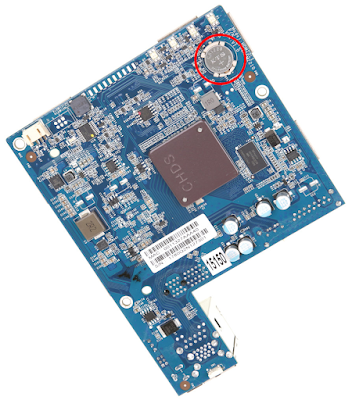My longtime usual pharmacy formerly known as Eckerds up the street from me was back in 2004 bought out by CVS for some $4.5 billion (~$6.72 billion in 2022).
Unfortunately, CVS consistently goes on the cheap with their website, specifically their user experience, their users' perception of utility, ease of use, and efficiency. Irritating enough given we've just entered the year of somebody else's lord two thousand two hundred twenty-four.
Foremost of my trivial frustrations has to do with their customer survey, which if you opt to get an email receipt invites you to CVShealthsurvey.com and input a 17-digit Survey ID.
First issue, no custom URL with the Survey ID preloaded, meaning I must copy and paste the ID into the field, only upon hitting Next to be met with the next issue, that I'm expected to parse the pasted ID and remove a total of four (4) spaces myself.
Oh, no big deal, right? No, unless you've completed dozens of surveys over literally decades now from their brick and mortar store and seen nothing change despite your feedback urging them to do so and get with the times, already. Also, thankfully I'm not beset with hand and other motion difficulties like someone with Parkinson's disease is, but I recently injured my primary hand, and that mild pain and irritation compounded the lazy UX this day.
To CVS' credit, they unlike too many stores today, whether restaurants or big box retailers or pharmacies, offer an email option for those of us who absolutely hate being on hold or who like me for their work sits through endless Zoom meetings.
Finally, recall I accepted the default language option, English, at the beginning of this tedium.
Upon hitting Submit for the email, I was unexpectedly met with a blurb of simplified Chinese which Google translated as "is submitting..."
So, to summarize, this mildly infuriated CVS customer is:
- Stuck parsing Survey ID rather than the site doing this super trivial task.
- Asked sketchily for answer to unspecified, unknown security question.
- Having confidence uninspired by the site's SO basic miss of chosen language.
I get it, we live in a litigious world especially in the U.S., and patient care is paramount. However, given the first American touchdown in over 50 years with a probe on the Moon's surface just happened (and first by a private sector corporation), and that we're about to deploy Artemis 3 (the first crewed expedition including the first woman and first person of color to set foot on our nearest space rock) ca. 2025-6, CVS, how about you be less frugal in the interest of not embarrassing yourself and your partner in grime Medallia further and refactor these troubling site glitches away to restore my confidence in your basic ability to survey and support your customers smartly?
It's not rocket surgery, CVS.
Maybe hit up the experts at Interaction Design to help your code monkeys out? Far better than a conference room full of cheap pizza and this fairly frequent customer opting to not fill out one more survey and provide tasty data to sell until you make change. 🍕


































